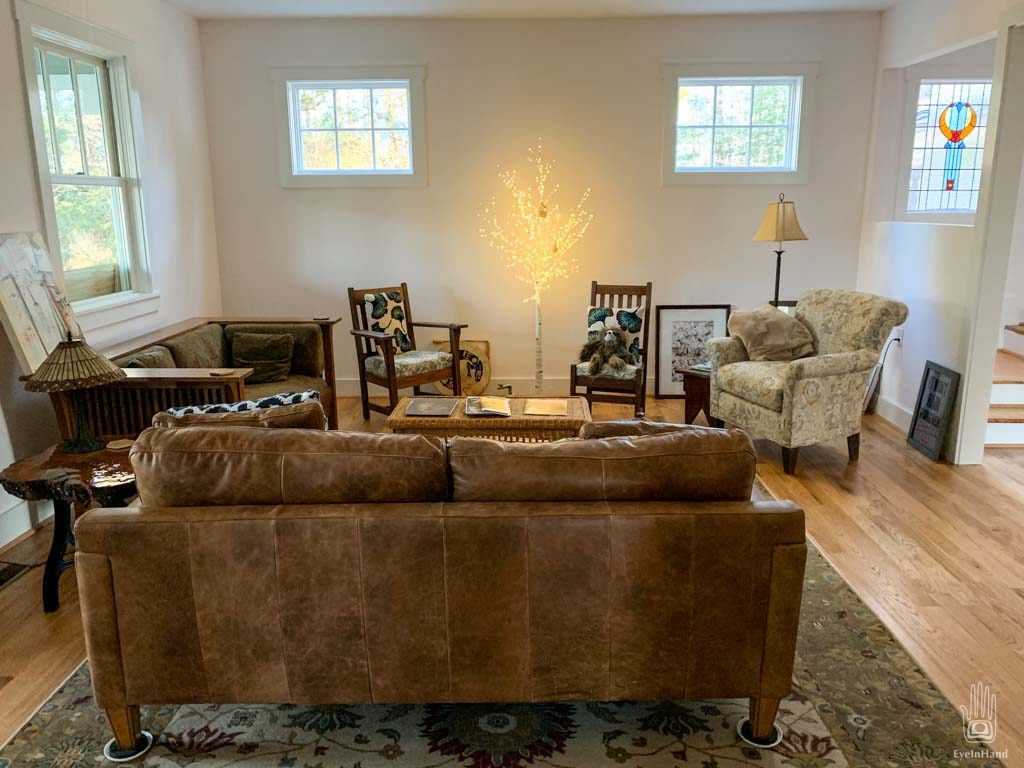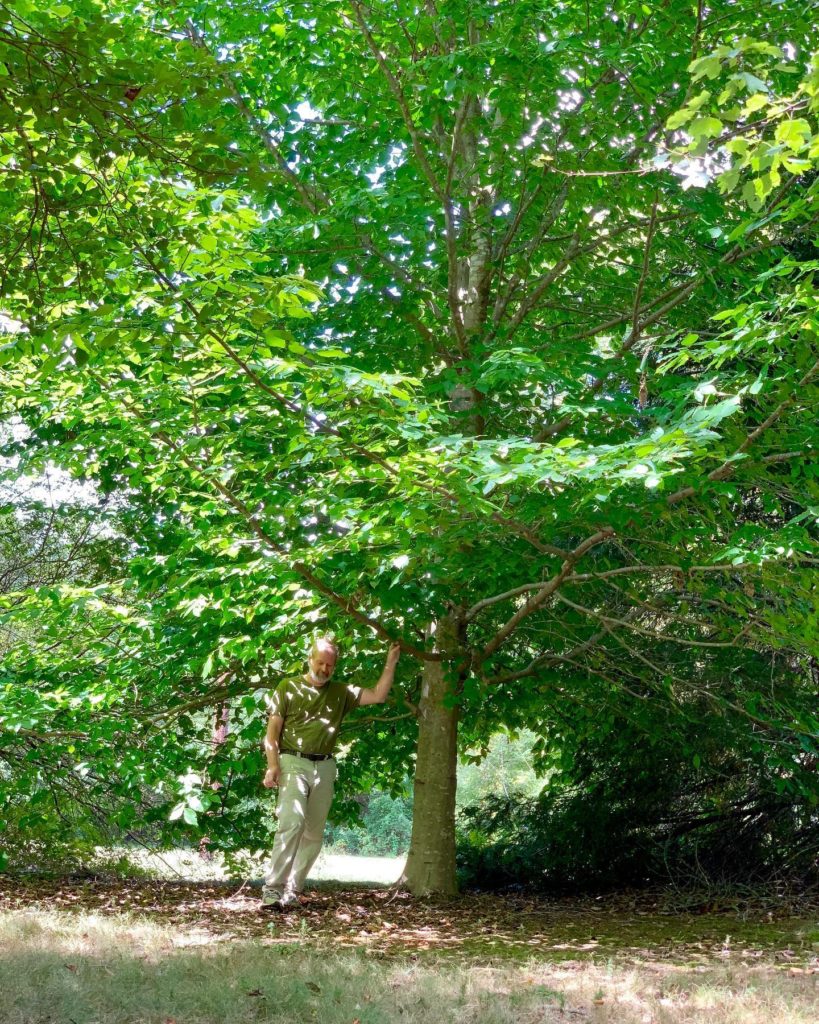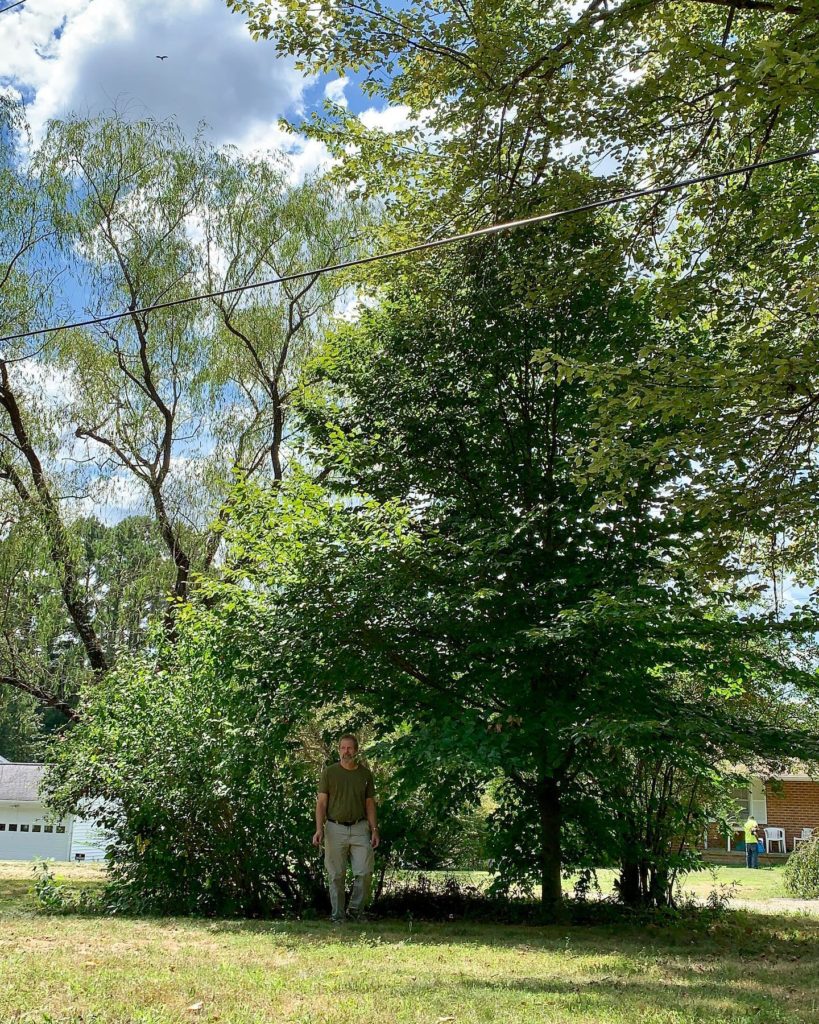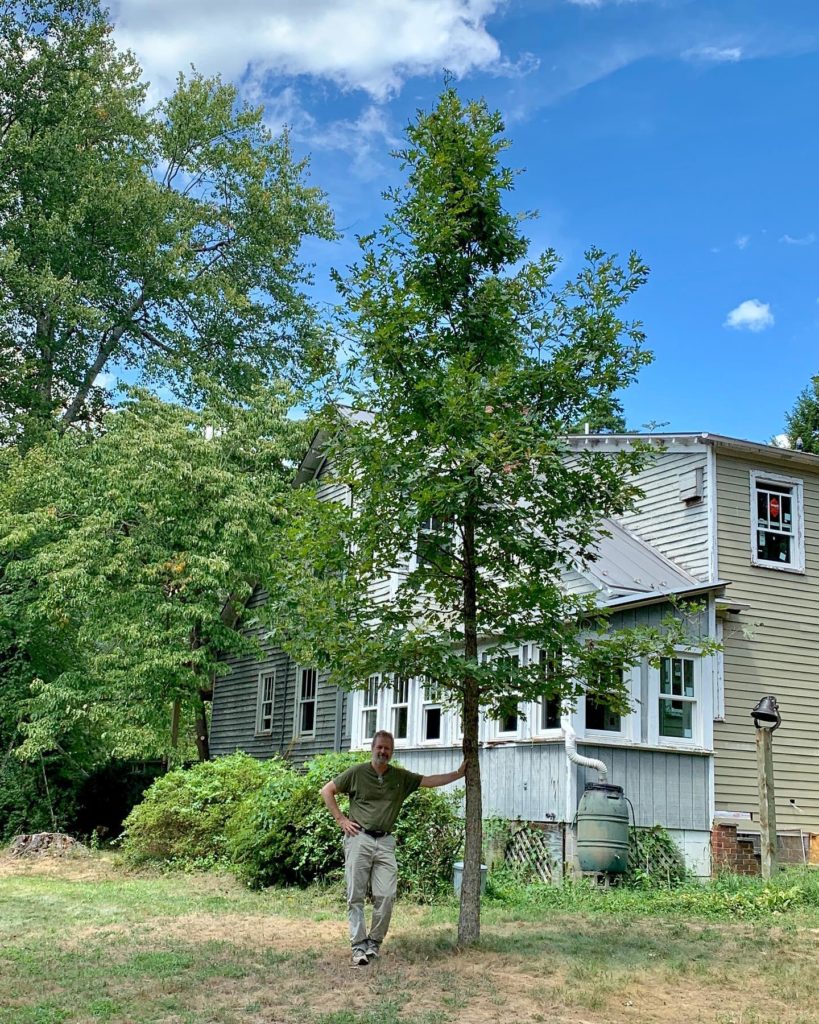“There is a way of being wrong, which is sometimes necessarily right.”
Edward Abbey – Desert Solitaire
Terri and I have a lot of people to thank. We’ve had so much support from near and far throughout this year, and we don’t know what we would have done without it.
Last week we started sending out progress photos in emails, but we don’t even have contact information for many of the people who came to our aid. So I’ll be posting those photos here, along with a lot more as time goes on, more than is practical to send in emails.
We were able to move back in a few days before Christmas, a year and a fews days since the night of the fire. The house isn’t done, but it’s close, and we can continue the work more easily and comfortably now that we’re back. The yard is still a total wreck, complete with dumpster in the front yard and debris littered about. We’ll get to that soon.
Meanwhile, the inside is amazing. We still mourn what was lost, but that gets easier every day. Easier still, because we’re so pleased with the results of all the hard work.
Here are some before and after photos. In some cases, even the before-fire before for reference.











The floors got refinished Friday, so we had to stay out of the house all weekend. This finally made some time for a chore postponed for a year now – washing the Melonseed sails.
Jim Drake, a fine boatbuilder and fellow sailor in the Old Bay Club, got in touch shortly after the fire, so soon I think there was still steam rising from the snow. He asked what he could do to help.
The night of the fire, the fire marshal generously offered to take us into the house to retrieve anything of value. We were so numb we couldn’t think. He went in and pulled photos off the walls, and found Terri’s handmade jewelry box, black as ebony, and brought them to us. I could only think of one thing – my sails, stored in the basement where the fire started.
We went in by the basement door wearing headlamps, and waded through shin deep sooty water, still raining down from the floors above. By the light of the headlamps I could see gear and tools and wood bobbing around in the black pool. The shop looked like the hold of a sinking ship. We grabbed the sails rolled up in Tyvek, and carried them out into the yard.
In daylight the next morning, I could see that, miraculously, they had not been scorched, but were covered in soot. When I heard from Jim, maybe even that day, the only thing I could think of was this boatbuilder friend might be able to figure out how to clean them.
And he did. A short time later a box arrived from his sail loft, containing two pounds of special cleaning powder and a set of simple instructions. For a year now, the sails and the cleaner have been stored in Doug’s rented garage, waiting for me to attend to it. Besides being consumed with house construction, the prospect of trying to clean the sails, perhaps only to find them beyond saving, was enough to put me off. With move in day coming in less than a week, and the wet floors keeping other tasks at bay, seemed like it was now or never.
They soaked in a tub of hot water with the cleaning solution overnight, stirring with a soup ladle every few hours. This morning I pulled the plug. Trying to rinse them from outside the tub was a full contact sport, like wrestling a jellyfish. I finally gave up, stripped down, and just got in the shower with them. Which worked out well, but I will spare my gentle readers the photos of that particular step.
They hung from the rope swing out in the wind and the sun all day to dry. I must say, they look almost as good as new. Cleaner than they were before the fire. There are only a few faint smudges left, adding character. I’ll always remember where those came from.
Oh, and Terri’s jewelry box? Another friend, fine cabinet maker Todd Leback of Vaneri Studio, took on the task of restoring it and sent a photo. It looks like the original birdseye maple again.
Two more things to make our Christmas a lot more cheerful.
We made dinner and took it over to the house to have a Thanksgiving picnic amid the tools and fresh paint and sawdust. We’ve got lights and heat and flushing toilets. Everything else is gravy, so to speak.
Thankful for so many things this year, but especially all the friends and family who helped us through some really tough times. We fell in love with our little town all over again.
Things are surely looking up.
May you all be as blessed as we have been.

These are trees I planted around the house 25, 20, and 10 years ago, the first when the girls were starting elementary school. Some, like the willow, were rooted from branches. Some were transplanted from the woods as saplings. None were more than an inch around or six feet tall.
Now the tallest one is over thirty feet high.
Most will outlive me.
I think we’ll plant a Sycamore where the Silver Maple used to be. I’m still thinking long term, apparently.





A whole lot going on here.
Starting at the top:
postcards from the road, Richmond, Virginia